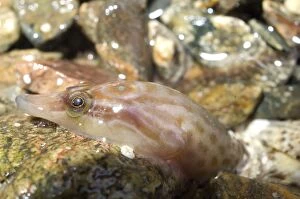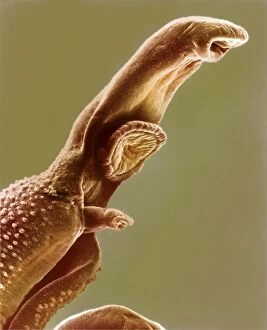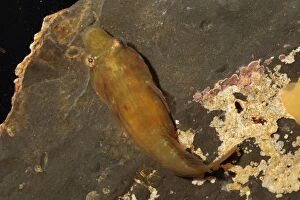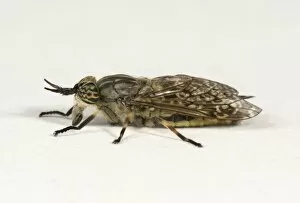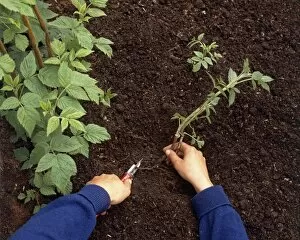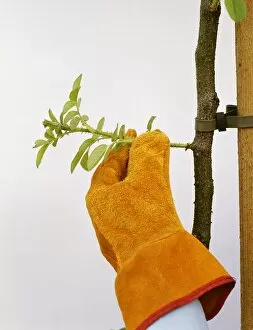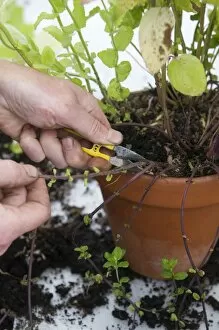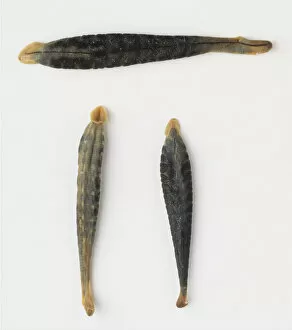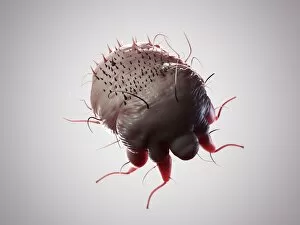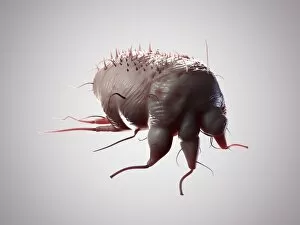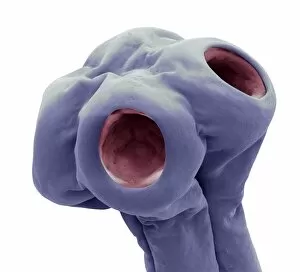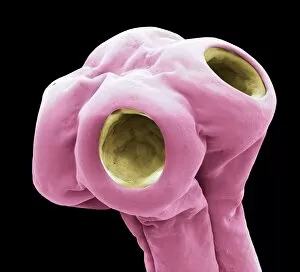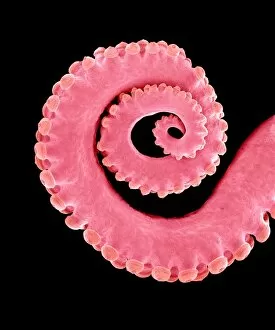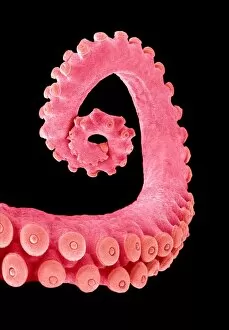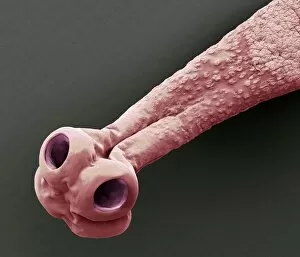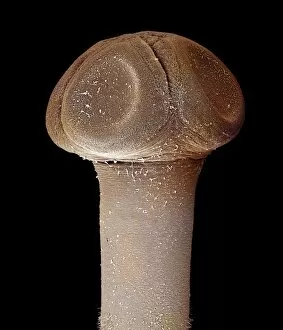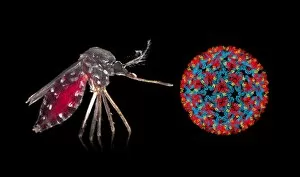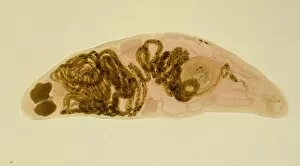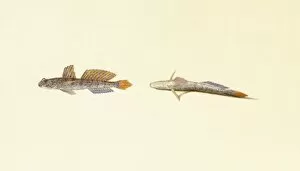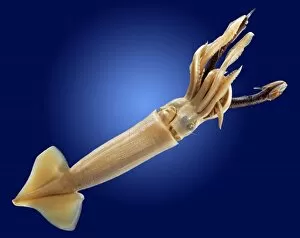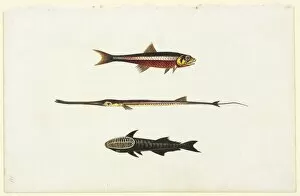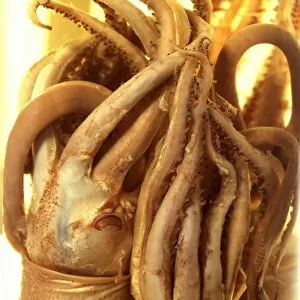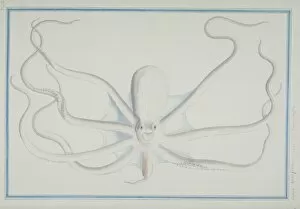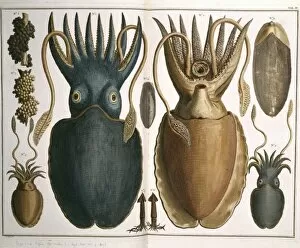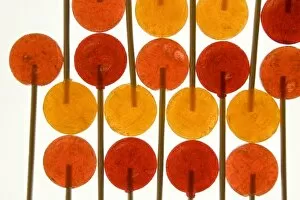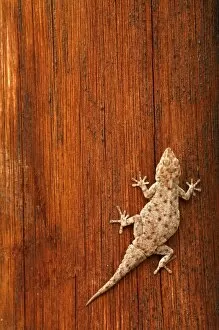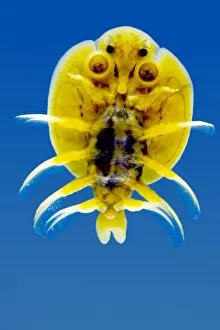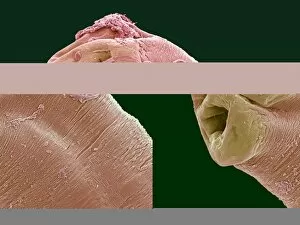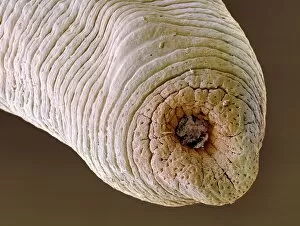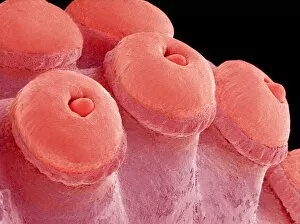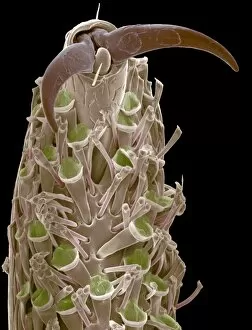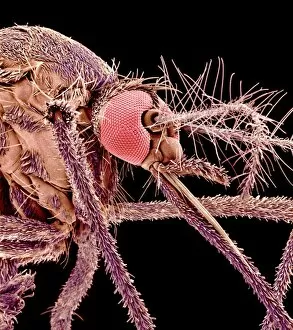Sucker Collection (page 3)
"Morning Workout with Seven Squid and Octopuses: Pay Up, Sucker
For sale as Licensed Images
Choose your image, Select your licence and Download the media
"Morning Workout with Seven Squid and Octopuses: Pay Up, Sucker. " Start your day off right with a unique morning workout routine that involves not one, not two, but seven squid and octopuses. These incredible creatures are the stars of our fitness session, showcasing their agility and strength as they navigate through various exercises. In this captivating display, you'll witness a rare squid specimen known as DDE-90037452 alongside its octopus counterparts like DDE-90037246. Their fluid movements and remarkable flexibility will leave you in awe. As you watch these mesmerizing sea creatures in action, don't be fooled by their graceful appearance - they mean business. With each rep and stretch, they seem to say "Pay up sucker. " as if challenging anyone who underestimates their power. Adding to the intrigue is a vintage photograph from 1939 titled "Pump Valve and Sucker, " captured by Alexander Anderson. This image showcases an era where technology met nature's wonders in unexpected ways. But it doesn't stop there; we also explore other fascinating marine species such as the Striped Sea Snail depicted in vibrant color lithography. Its intricate patterns will captivate your imagination while reminding us of the beauty found beneath the ocean's surface. For some light-hearted humor amidst all this aquatic marveling, we present a comic postcard featuring a little boy engaging with a shopkeeper - perhaps teaching us that even young ones can outsmart those who underestimate them. And let's not forget about symbiotic relationships within the underwater world. The Shark Sucker Fish (Remora remora) demonstrates how it attaches itself to larger predators for survival while Two-spotted Clingfish (Diplecogaster bimaculata bimaculata) showcases its ability to cling onto rocks using specialized suction discs on its belly.


